

TLRS
-
Posts
579 -
Joined
-
Last visited
Content Type
Profiles
Forums
Events
Posts posted by TLRS
-
-
Maggotbreath is right, it's been featured in SF mag.
-
1 hour ago, imago said:
Over all though it doesn't seem to take much to get a TL into a serious superbike territory.
This can be a very costly illusion

-
 1
1
-
-
21 hours ago, imago said:
It was (almost) entirely down to that rotary damper which when it was worked hard stopped damping.
That's the most obvious story but there are a load more factors actually..
-
 1
1
-
-
Yoshi looks very nice.. and makes them so fruity! Nice screenbrace and clipons you got there too btw.
-
 1
1
-
-
The caliper should clear a 320mm disc no problem. How much clearance do you have?
As for the other bit. It's important to make sure the fork is unstressed. Screwing the spindle in the whole assembly can pinch the fork somewhat. Might affect disc centralisation. Given that the wheel should be 2mm narrower at the hub, the discs ought to be close to the inside of the calipers.
Another issue could be disc offset. Stock TL discs for example have a very small offset. Something like 0,5mm each side. Not sure the discs you use have such a small offset, but it's worth checking.
-
-
6 hours ago, Gixer1460 said:
I guess you don't get sarcasm

Wasn't quite sure.. second language you see.
Anywho, cool dude that Brock fella. Really into it and running a company, rare combo.
-
1 hour ago, Gixer1460 said:
No, it's a Blandit ! RTFR's



Where would you prefer to have it..?
-
Can I drop this here..?
-
 3
3
-
-
Nice touch on the fins

-
 1
1
-
-
-
-
-
-
What is the plan.. old forks in new yokes?
-
 1
1
-
-
-
-
Educated guess is 207. There's few different models in that range hence the guess. Search for "Sam's fork chart" for more detail.
-
-
Rumours say late 90's..
-
-
-
6 hours ago, imago said:
That and the tube wall thickness are the key issues. The shock mount becomes a lever and the tube the pivot. As I mentioned before, think of stilsons on the tube, or a spanner on a bolt and it's easy to see how much force is being applied. That force is in a direction that nothing involved is designed or spec'd for, and also bear in mind that the tube which was under spec when new is now over 40 years old. It's a shit idea, based on piss all in the way of engineering knowledge or even basic physics. However, as always people are free to do as they chose and ignore what they don't like.
It always makes me chuckle when you get the "I've done this that or the other for years and it was fine." comments. You get it on every subject from wiring, through engineering to structural design. There's no point in arguing with it as if they didn't get it the first time round they won't any subsequent times either. The information is widely available, and these days you can even get engineering calcs done by simply inputting numbers. Still, the ubiquitous 'Bloke on the internet' will have his say and it's much quicker than actually finding the relevant information.
There's this train of thought.. and there's the overthink everything and get very little done (my area of expertise
 ). Learning = making mistakes.
). Learning = making mistakes.
-
 2
2
-
-
10 hours ago, bitzz said:
If you get the shocks in at exactly 45 degrees, in the triangle of the lower mount, upper mount and the swing arm pivot, the forces put on the shocks will "graph" linear as it goes through travel. It's easier to tune the shocks.
I'm with @Gixer1460 on this one. If you want linear action the shock has to sit perpendicular to the swingarm. That way most movement is going 'into' the shock, instead of rotation the shock. With no spring or damping to limit that rotation.
5 hours ago, TonyGee said:I can't see a problem with it
 if its welded good and a gusset is behind it for support it ain't gona go anywhere !!!!!
if its welded good and a gusset is behind it for support it ain't gona go anywhere !!!!!
With a big hole it does seem like a lot of the tube is replaced by a weld. Plus a mount that is offset from the tube.. will try and twist it under load. As well as the usual load from what the subframe needs to take on top anyway.
A gusset that spreads that suspension load over a greater surface of tube.. seems like a good idea.
That said.. it's steel.. and there are two shocks. If it fails it probably won't do so on both sides without any warning or cracking what so ever.
-
 1
1
-

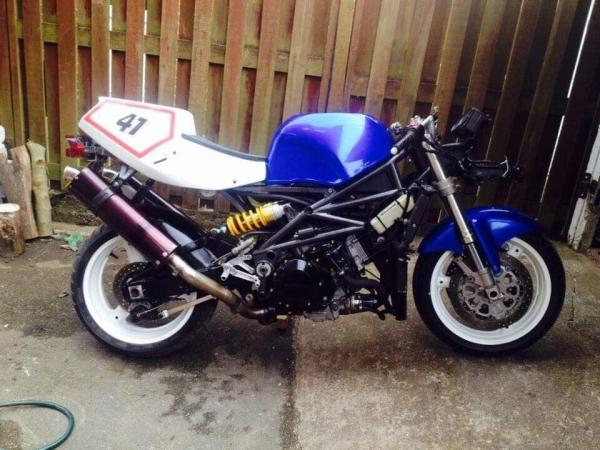
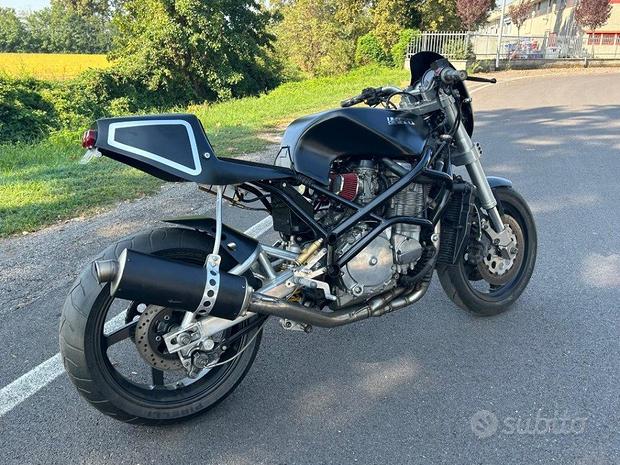

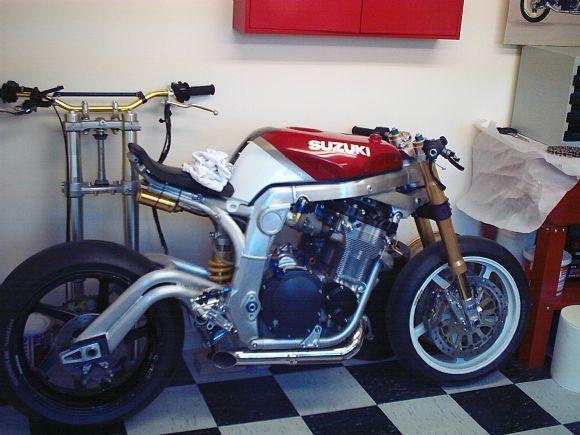
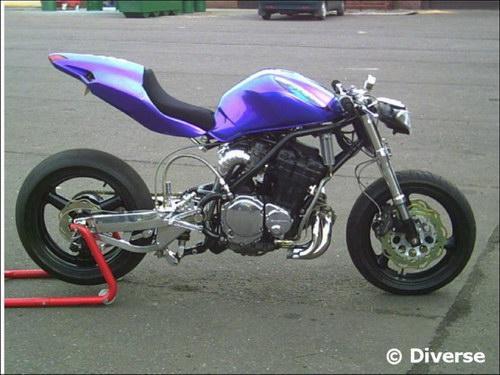
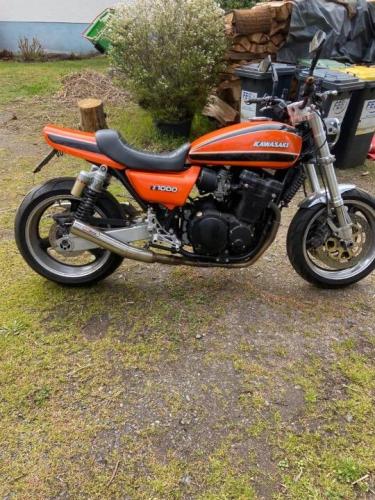
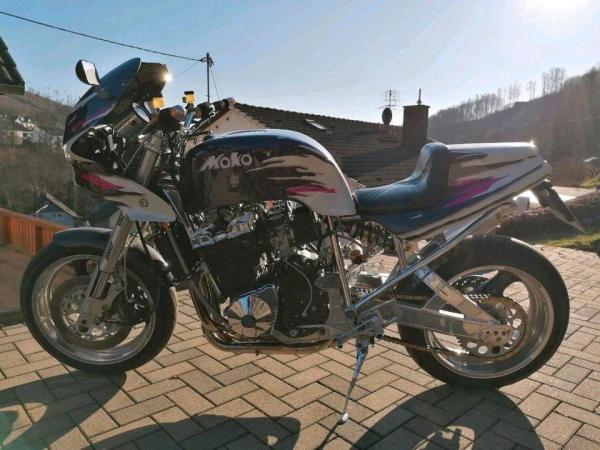
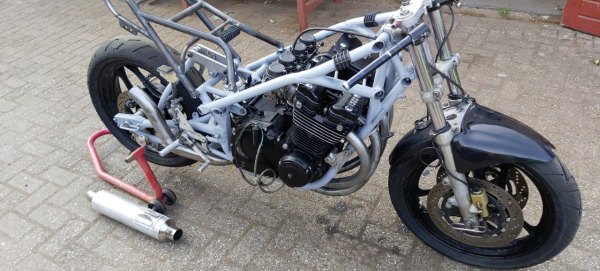
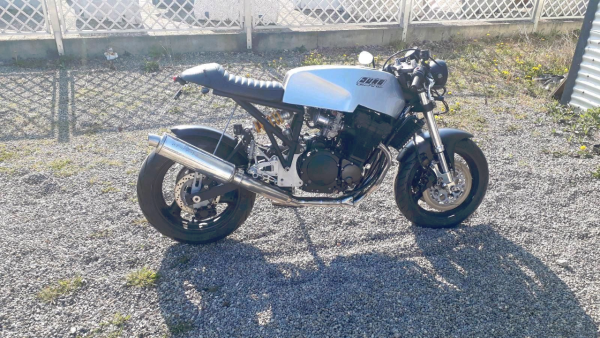
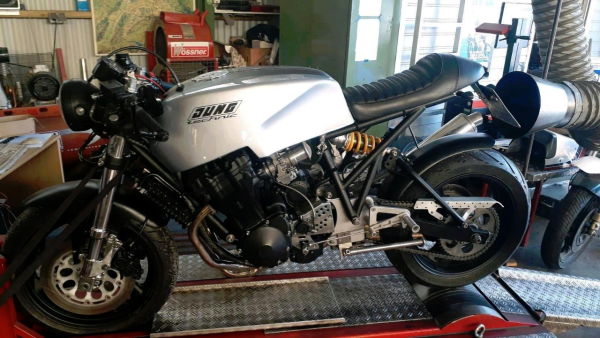
Stripped caliper threads
in Oil Cooled
Posted
AP calipers have some kind of insert in them from stock so if there's enough meat, go for it.